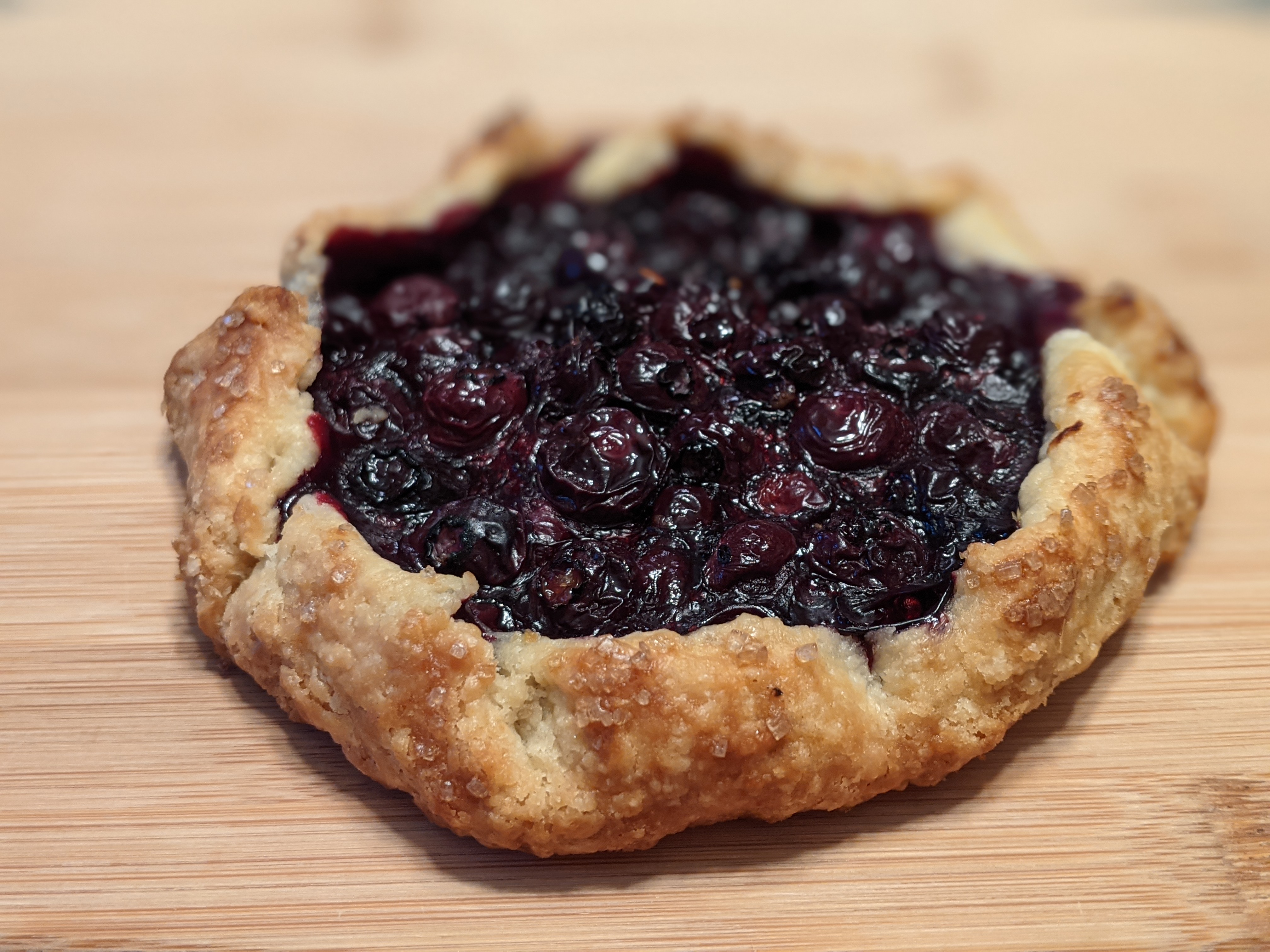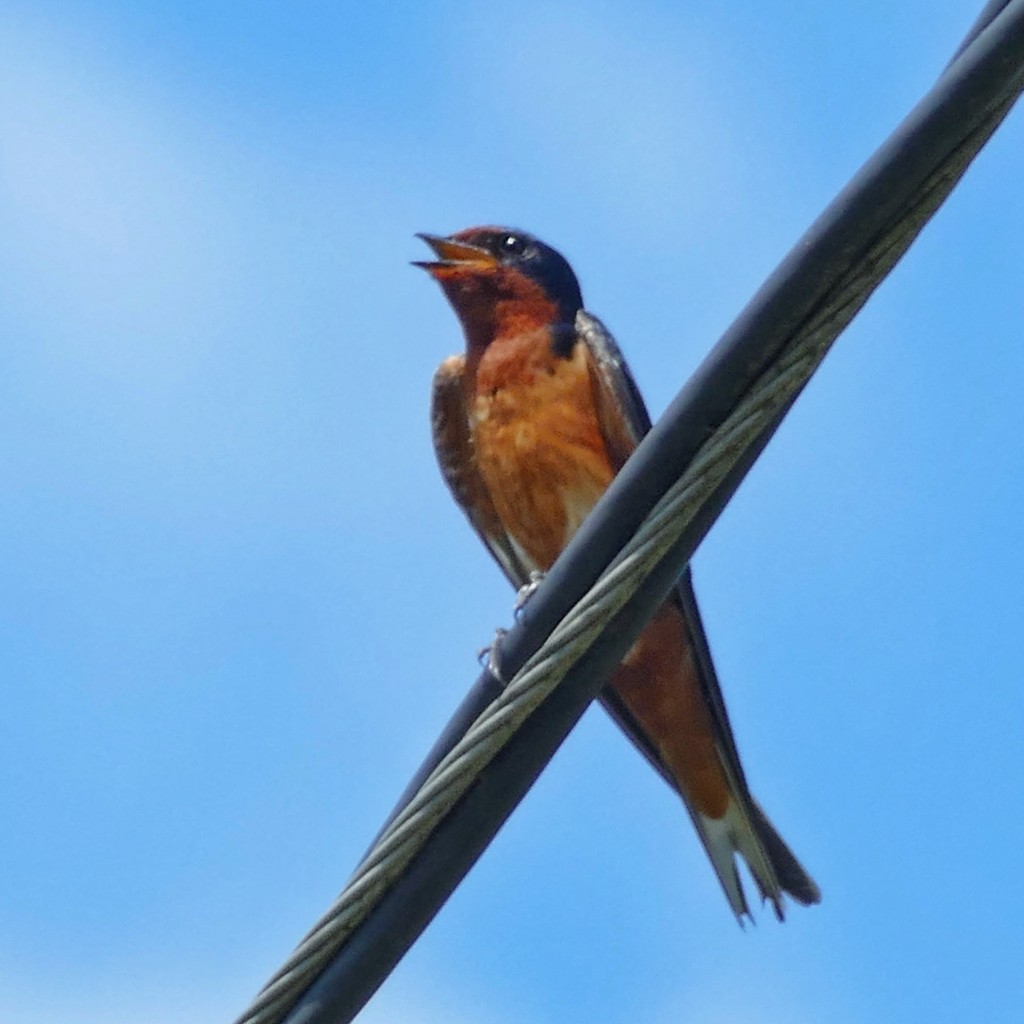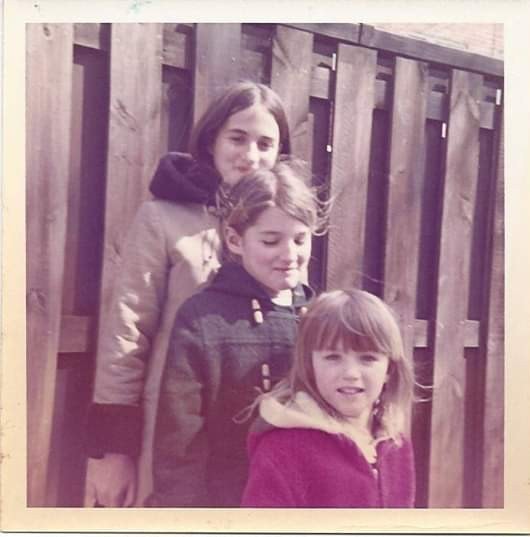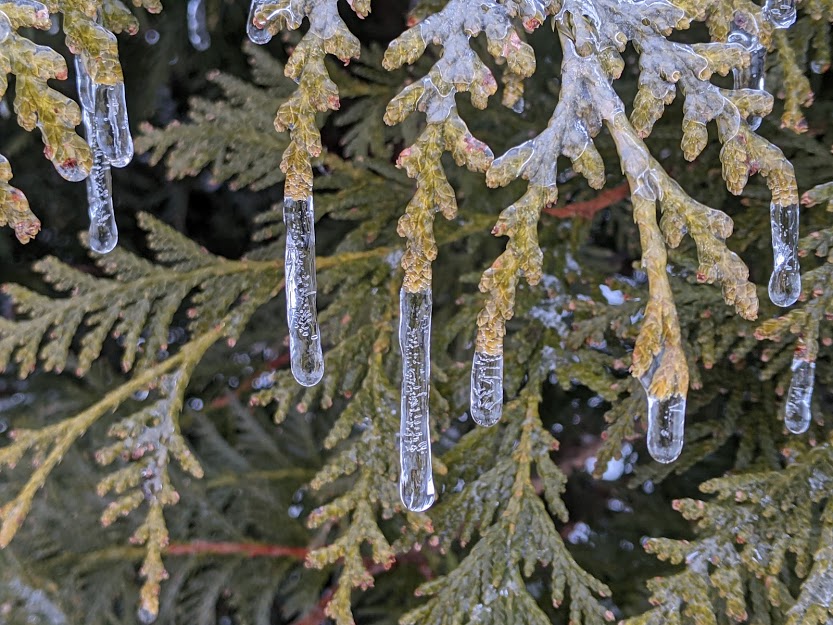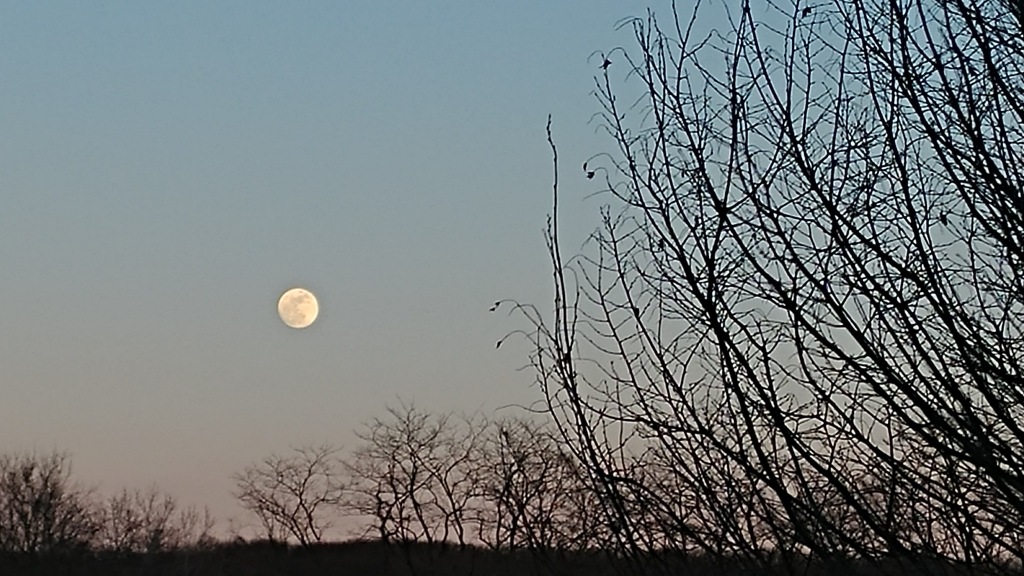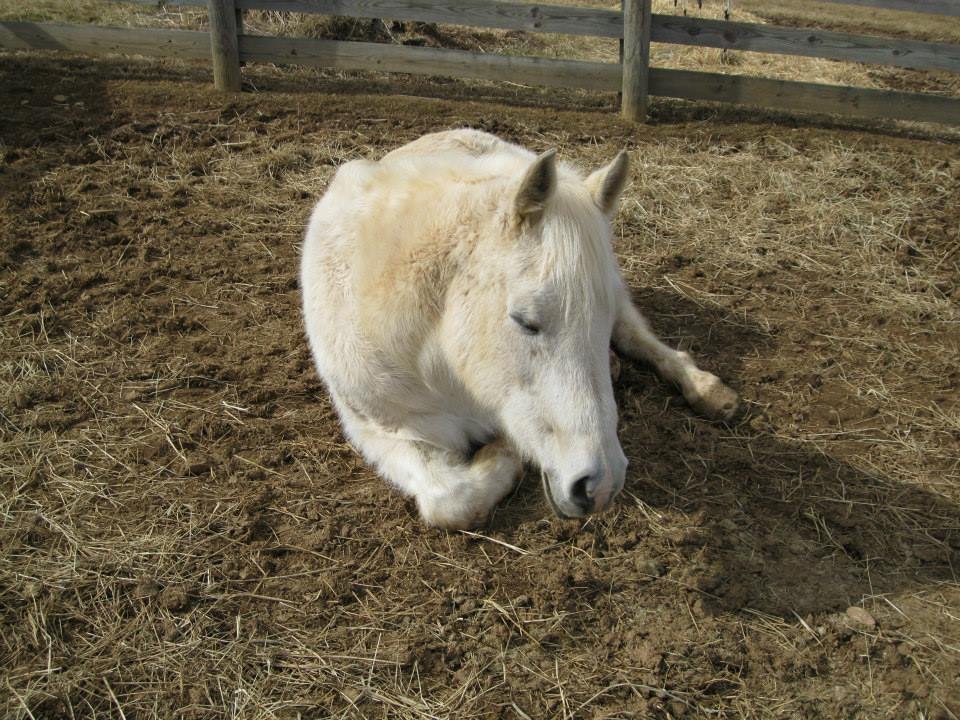
I woke up this morning to the sound of gunshots, or possibly firecrackers – I’m not much of a weapons expert. My limited experience using guns is target shooting with a .22 rifle at camp, using air rifles at the arcade, and once shooting a shotgun towards a sick fox that was hanging around the barn where I worked and I believe he died of surprise. There was a lot wrong with him, I could see when I went to dispose of the body, but I couldn’t swear that shot pellets were on the list. While I took the dogs out this morning before breakfast, the rapid fire that woke me up changed to what I think of as my neighbor’s cannon, though it’s probably a standard hunting gun and it’s probably some kind of hunting season here now that fall has arrived. I heard a weird gronking noise and thought “Goose? No. Maybe something injured?” and then looked down towards the misty reservoir in time to see a disgruntled great blue heron flying off to look for a quieter spot for his morning fishing.
Life in the country is only quiet compared to life in the city. There’s a lot less human-made noise here, but between a large year round population of Canada geese on the reservoir next door and the rotating seasonal chorus of mockingbirds and crows, crickets and cicadas, peepers and tree frogs, migrating swans, barking foxes – well, it’s rarely what I would call quiet. It’s the human sounds that tend to irk me the most, although I admit to days I want to yell back at the geese. I count my neighbor’s dog, who I also want to yell back at, among the human sounds. We don’t live in sight of any roads, but we can hear when someone is driving too fast on our road, and if there’s a loud vehicle on one of the bigger, farther away roads, we can hear it. We can also hear a steady background hum of traffic on the bigger roads during what passes for rush hour here.
There’s something notable about the kind of quiet that happens when one of the regular human sounds lessens or stops. Last year during the height of the covid restrictions, the absence of traffic sounds was noticeable, and it was something of a novelty to be able to walk down the driveway and across the road to get our mail without ever seeing a car. We moved here in 2001, and I didn’t realize how quickly we had acclimated to the planes flying in and out of the local airport until they stopped completely that September. That local airport is now regional, and there are a few more planes than there used to be, but I mostly only notice them when they are particularly loud, either because they are flying lower than usual or more directly over our property than usual; particularly unusual, as happens each October when there’s an airshow that I forget about every year until a B17 bomber flies over my house; or when they go suddenly quiet in mid-air, which I hope only happens during lessons when someone is learning to come out of a stall.
Having grown up in the city, I hardly notice sirens unless they are close or many, but certain sirens make our dogs start up their chorus, with Scout holding the steady melody in either a tenor or soprano range, depending on his mood, Boo chiming in with the baritone harmony, and Quinn doing some kind of coloratura soprano jazz scat that only he understands. The dogs respond similarly to certain trains, though not all trains. I usually don’t hear the trains unless I have the windows open – the nearest track is over a mile away – but there are some evening trains that do not inspire the dogs, and a 5:15 a.m. train that always does (though it does not always go through on time, so I can’t use that particular song as an alarm clock).
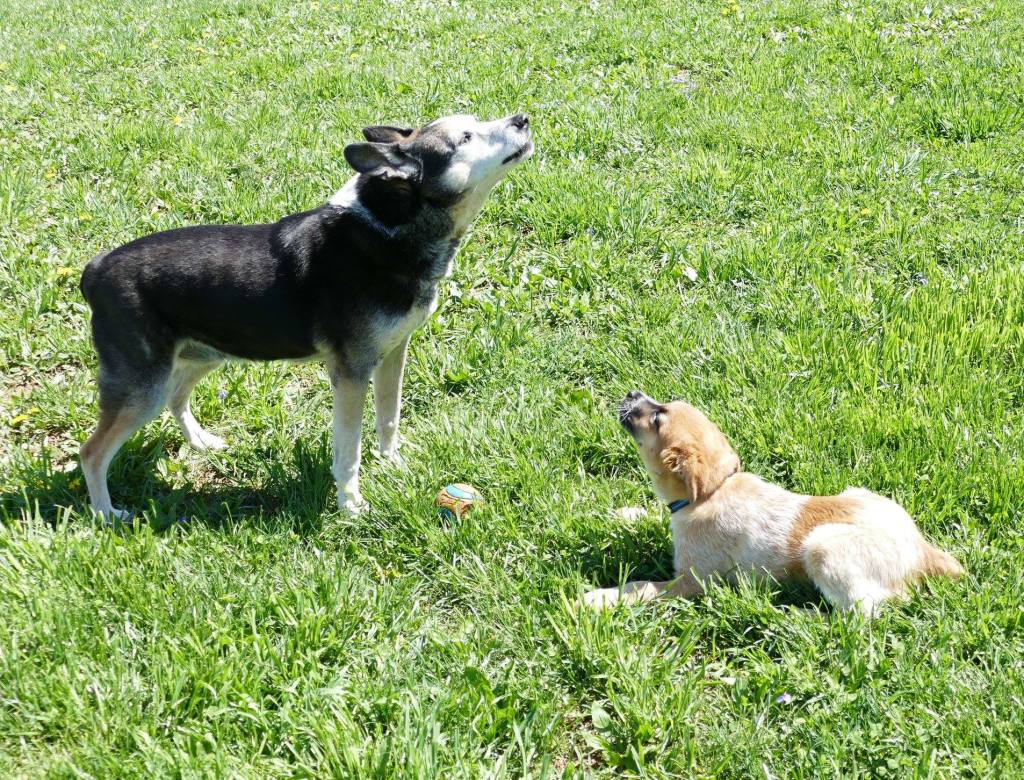
It’s an unusual kind of quiet inside the house these days because Rose is in Colorado, visiting our oldest and youngest children and getting some much needed Colorado time, and probably also some much needed away time. When we first moved here, we were both working jobs in actual offices away from the house. A few years later, we both started working from home, but in jobs or consulting positions that had us traveling a week at a time multiple times a year. My last work trip was a two week stint in the second half of February 2020, and since then of course we have both been home. Rose went out to visit the kids (and Colorado) last summer also, but aside from a few days where I did the same this past May, and a couple of short trips Rose has taken with one of her sisters, we’ve both just been here. All the time. Right now it’s just me, and this weekend I’ve noticed how much more quiet the quiet gets when you know the person that’s gone can’t even try to communicate with you because Rose is camping in the cell-signal-free mountains. It’s odd, because it’s not as if we talk every day when we are not in the same place, but we probably do communicate daily in some way – text, facebook comments, instagram messages – or maybe it’s just knowing that we can. This quiet is different.
I’ve been thinking quite a bit about my father, and my brother-in-law, and my friend Elaine’s husband Mark, each in their resoundingly quiet homes after their spouse died. One of the very few conversations I can remember having with my father in my lifetime that had any emotional content was when he told me that he still talked to my mother – out loud – after she died, and that he felt it was just as real a conversation as when she had been physically present. Of course, having known both of my parents, I can take that cynically or I can take it with empathy. In this case, I choose empathy. The quiet that falls after someone who has been sharing your life and home for decades is suddenly gone forever must be deafening.
None of my beloved people who have died were living in the same house as me when they died, so their absence for me is a different kind of silence – the kind when there’s no longer anyone there to answer the phone. My animals, though – I’m sure that’s one of the reasons their deaths hit as hard as they do. They are a daily presence, and they leave a gaping hole. And I do talk to them, though not necessarily out loud. I especially still talk to the horses. We have buried five horses here, and I find reason to talk to each of them sometimes as I make my daily rounds. As with my living horses, I’m learning to be quieter in my conversations. The living horses let me know when I’m making improvements. The are reminding me now that when I don’t have anyone who responds with speech when I talk to them (except Quinn, but only when it involves putting his dinner bowl down, or going out to play), I’m quieter in general, and they prefer that. I’m sure Rose will be grateful if I can keep it up when she returns; quiet is not an adjective anyone would use to describe me. I haven’t even been listening to music, so I’m in a fairly constant state of listening to nothing but the sounds of what – and who – is here right now, and the quiet of what – and who – is not.





